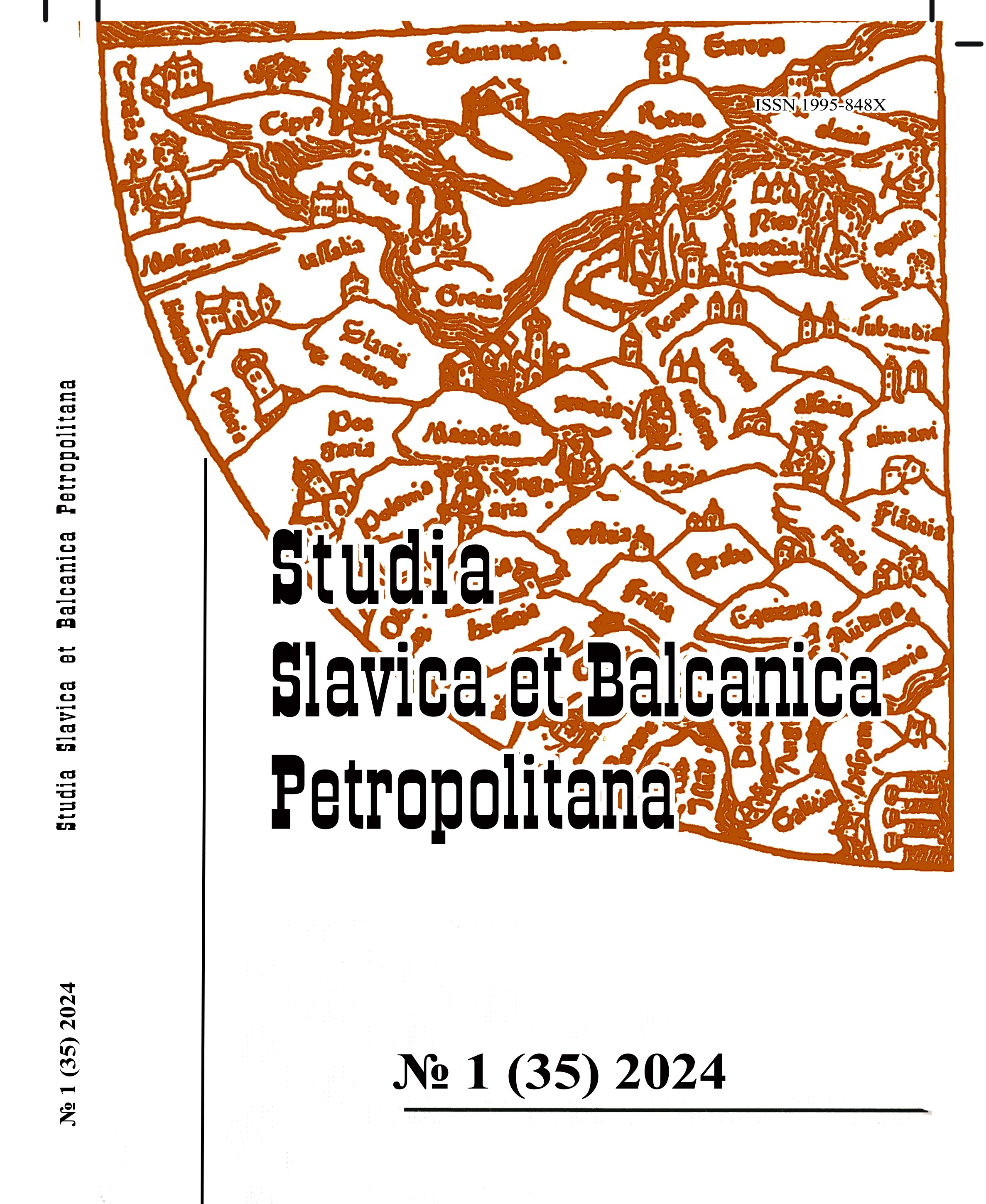Образы св. Георгия и св. Димитрия в монументальной живописи Македонии XIV в. и актуализация воинской темы
Images of St. George and St. Demetrius in the monumental painting of Macedonia in the 14th century and actualization of the warrior Saints theme
Author(s): Elena Aleksandrovna NemykinaSubject(s): Cultural history, Visual Arts, History of Art
Published by: Издательство Исторического факультета СПбГУ
Keywords: iconography; St. George; St. Dimitrius; medieval fresco painting; Serbian art; Nemanjići; Macedonia;
Summary/Abstract: Veneration of St. George and St. Demetrius was widely popular both in Byzantium and among the southern Slavs. As a rule, in numerous scientific studies dedicated to monuments associated with these saints, the main attention is paid to iconographic and stylistic features, while this paper considers the issue of influence on the spread of their cult, first of all, of the key aspects of the ideology of the Serbian rulers Nemanjići, examining the monuments of the Serbian medieval art located in Macedonia. Closer attention to individual iconographic subjects, from our point of view, can shed light on the complex and very diverse picture of the development of Serbian painting in the 14th century and identify both its specifics and common points of contact with the Byzantine art. From this point of view, the appeal to the images of holy warriors can serve as one example of interaction between the Byzantine themes and local specifics, due to the general idea of preserving national self-identity within the framework of the general «byzantinization». It is no less interesting to trace and identify the reasons for the emphasis on national ideas and individual local characteristics during the reign of King Milutin, when the state ideology gradually became imperial, and their gradual smoothing out from about the 1340s, due to the specific political ambitions of King Stefan Dušan, who sought not as much towards integration into the Byzantine paradigm as practically towards its appropriation. In this historical and political context, it is interesting to trace how these events are reflected in the further spread of the cults of Sts. George and Demetrius, since, on the one hand, St. George is one of the most revered Byzantine saints, on the other hand, his veneration is closely connected with Stefan Nemanja (the founderof the Nemanjić dynasty and one of the main national Serbian saints). Iconography of St. Demetrius of Thessalonica had a close relationship with the main center of veneration of this saint — Thessalonica, where many iconographic variants arose, as well as with the surrounding Greek and Slavic lands. In addition, this saint was closely associated with the Palaiologan dynasty, and the city, whose patron he was, became important during the reign of King Milutin, for the Serbian rulers also.
Journal: Петербургские славянские и балканские исследования
- Issue Year: 2024
- Issue No: 1 (35)
- Page Range: 207-233
- Page Count: 27
- Language: Russian

